Simple Tools to Teach Kids About the Importance of Recycling
As per a survey conducted in the USA, there’s enough amount of paper and wood wasted annually to heat about fifty thousand homes for at least two decades. Both of the wasted resources come from a very valuable and now-scarce resource itself, i.e., trees.
Additionally, reports suggest that only 30 percent of waste reaches the recycling stage out of the 75 percent recyclable trash. Consequently, the remaining 45% pollutes the land, water, and in some cases, even the air. Thus, deteriorating the quality of our environment, shortening the life of this planet, and making it unlivable for the generations to come.
For this very reason, it is essential for all of us – particularly the grown-ups to take charge. We need to save the planet through individual and collective efforts. Perhaps, the most effective and long-lasting way of achieving this is to instill a sense of recycling in the younger ones.
Once recycling becomes a habit, the input required in this regard will be halved automatically. Plus, the effectiveness of the results would double up. So, here are some of the most convenient approaches to initiate this much-needed change.
What is Recycling?
By definition, recycling is the process wherein newer products get crafted from old materials or trash. Fundamentally, it is a practice that helps fight the climatic change and improvise the quality of the air we breathe in, the water, and the earth. By cutting down the trash, we reduce the number of pollutants. And thus, the damage to the planet.
Also, it is an ancient practice. Formerly, civilizations used to melt weapons and knives to craft newer metal objects such as coins from the same metal. However, now that the rate of global warming is increasing, the recycling measures need to be doubled up and modified.
This process may be as simple and small-scale as converting old cardboard boxes into aesthetic magazine holders at homes or as complex as converting junk cars into functional cars again. Now, of course, the transformation of a junk car to a functional car is an industrial level procedure. And you might not be able to perform it at home unless you're an experienced auto-expert.
Note that recycling holds its differences with reusing and reducing. Reusing refers to the process of using the same thing for newer purposes or the same purposes in a different manner without altering it. Contrary to that, reducing means limiting your consumption. If you don't purchase things unnecessarily and refrain from wasting resources, they will get manufactured in a limited quantity. Thus, saving natural resources.
Material Tools to Recycle
Now, here are the best material tools to smoothly introduce the concept of recycling to your young ones and help them practice it naturally.
-
Paper
Paper – the most common recyclable material available serves of great purpose in this regard. Utilize old newspapers and magazines to cut out material for decorating scrapbooks. Or perhaps, craft handmade jewelry from those. Even better, you can introduce the concept of paper mills where the paper gets recycled to make newer paper.
-
Aluminum Cans
Well, instead of tossing away the aluminum cans after devouring the fizzy drink inside, tell your kids to wash them and set them aside, for you're going to teach them how to make a flower out of it! Or perhaps, a model of a car! You can even craft jewelry and ornaments out of it. Perhaps, something aesthetic enough to sell and make some money!
-
Glass Bottles
Glass bottles hardly ever decompose in the landfills. Thus, a better take at recycling them would be to collect and submit them to companies that handle this recycling on a large-scale. In your homes, however, you can paint glass bottles and use them as decorative ornaments. Or you can use the ones in good condition for personal use.
-
Old Computers
Yes, this one might sound new, but given the use of technology in the current day, it's about time! By now, most of us have old computers lying around the house. Use these to teach your kids about recycling E-Waste. You can do so by giving away working monitors, keyboards, cables, etcetera in charity, and stores that sell pre-owned stuff. Or you can give away non-working components to local recycling facilities.
Ethical Tools to Strengthen Concepts
Well, the material alone will not suffice for your child's complete education on recycling. They need to perceive recycling as something more important than just the activity they're currently indulged in. You should help them develop a deeper association with the purpose of that activity rather than the activity itself.
Teach your kids to value the planet. Train them to derive a new purpose for every useless thing. Try to encourage them to realize their role in society and contribute as a responsible citizen. They should at least do their share and ensure that the trash produced by their respective household should get recycled to all possible extent.

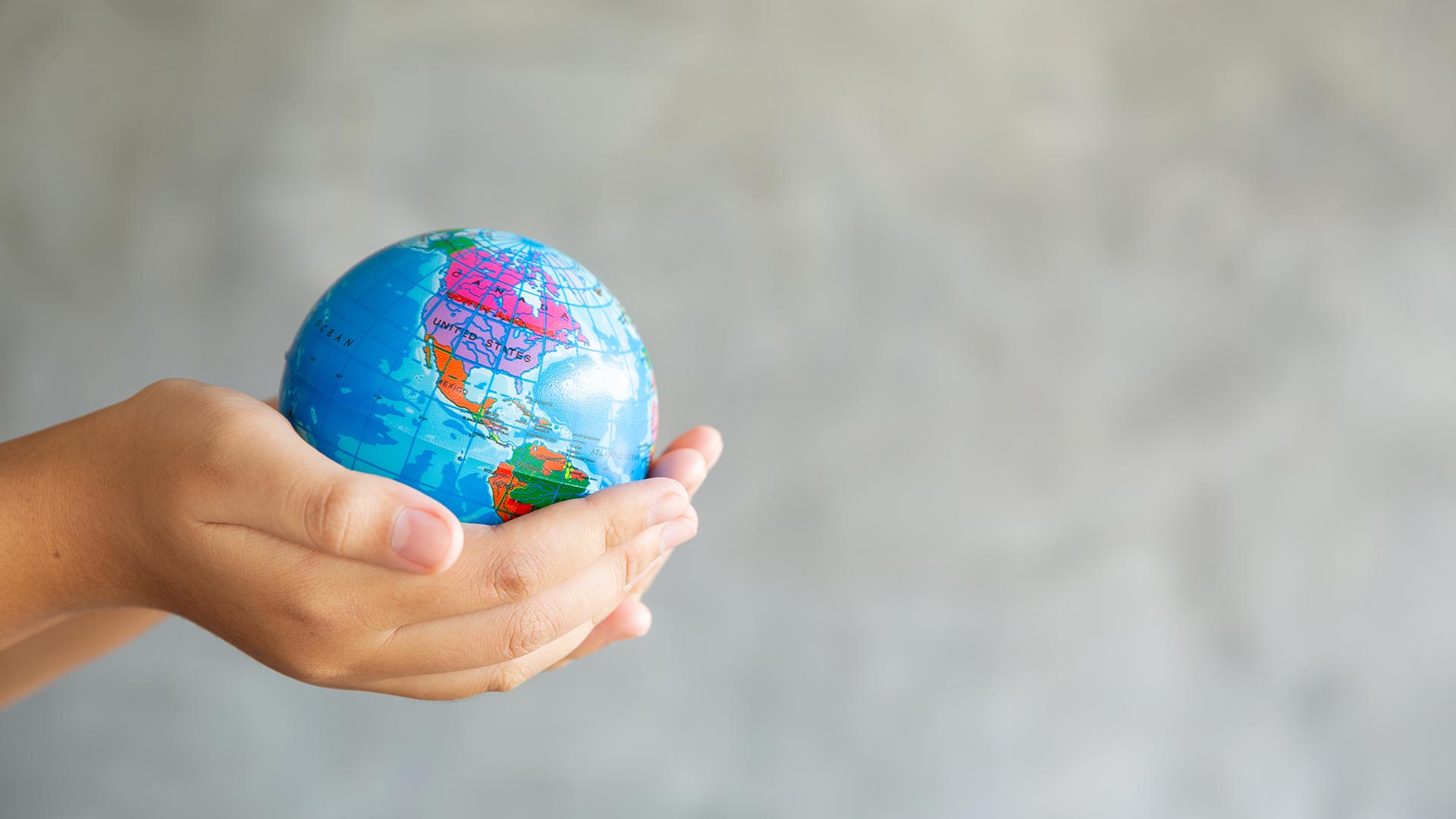

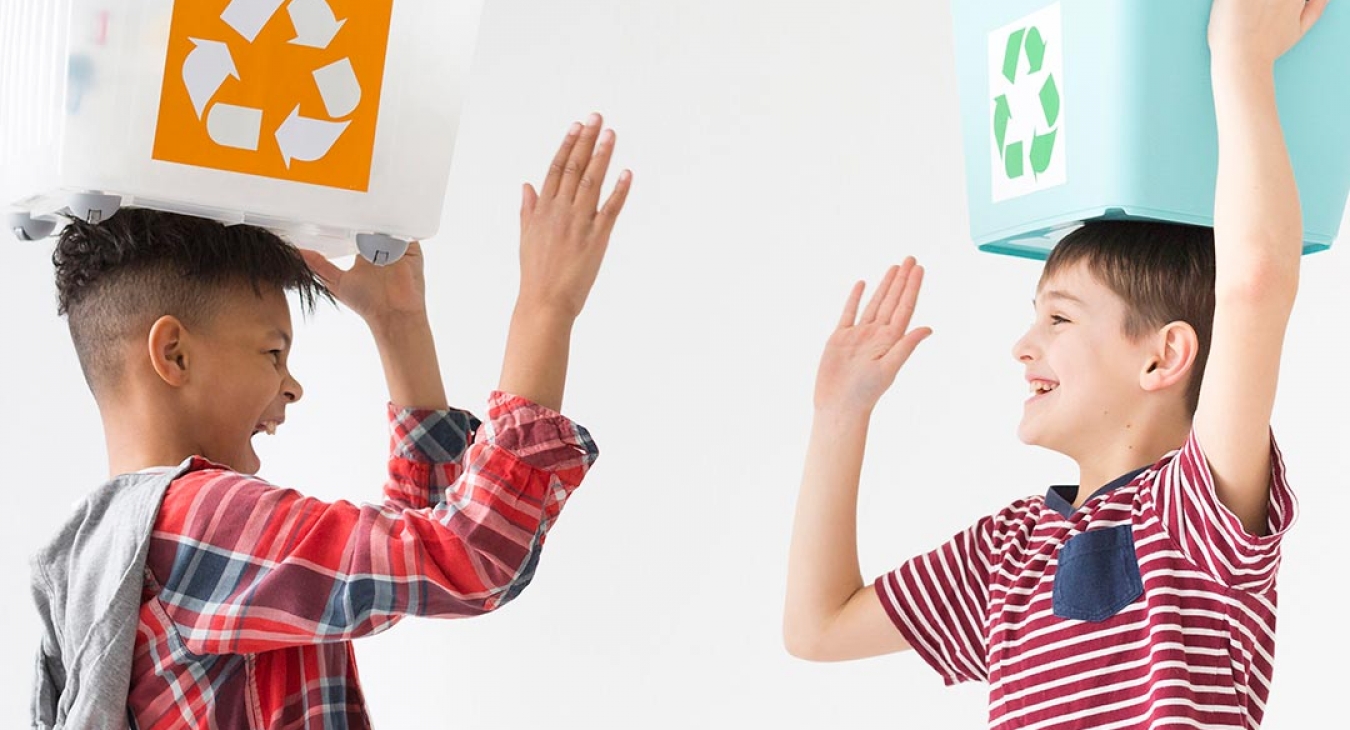
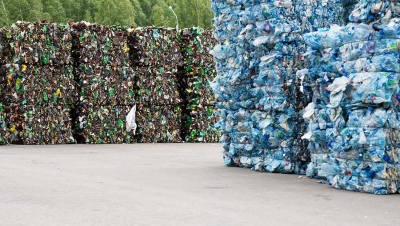

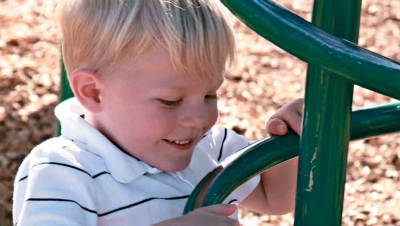

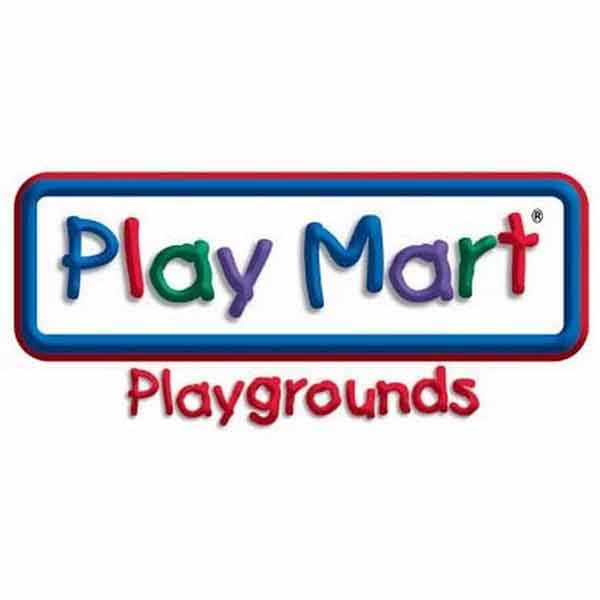


Add new comment